Size Reduction Gypsum Process
2020-06-30T00:06:08+00:00
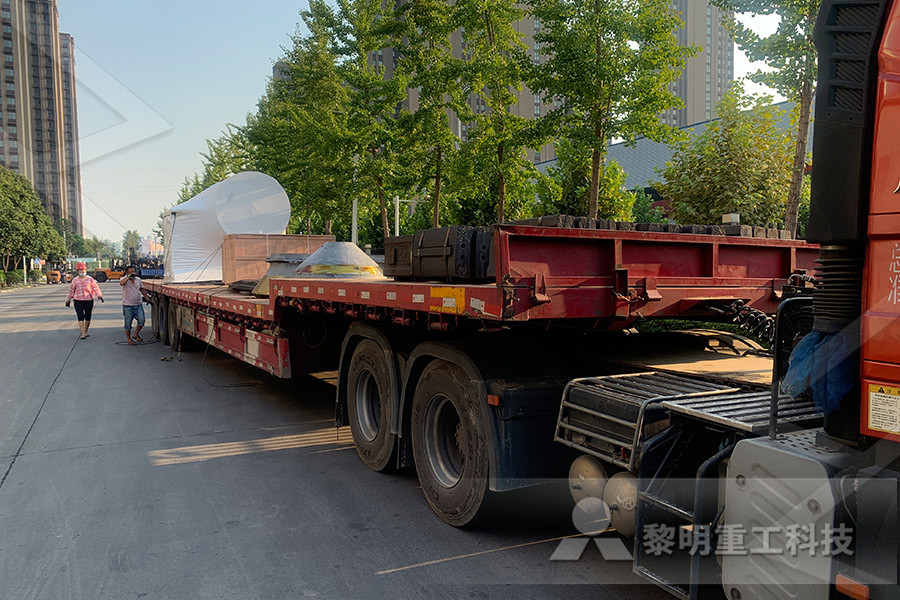
Gypsum Mineral Industries Size Reduction
Size Reduction Milling Classification Separation Laboratory Equipment Particle Analysis Gypsum is a mineral composed of calcium sulfate dihydrate (CaSO42xH20), which is formed when a lake or sea has evaporated The gypsum is then mined from the evaporated bedsWhen pelletizing gypsum, our robust hammer mills are an ideal size reduction device for crushing oversize granules for reintroduction to the process as recycle Rotary Dryers FEECO rotary dryers are widely used throughout the gypsum processing industry Whether you’re looking to dry gypsum ore, prepare gypsum for wallboard processing, or ensure your pelletized gypsum product meets desired Gypsum Processing FEECOThe traditional method of gypsum processing for stucco and plaster production is in a batch or continuous type kettle Gypsum requires size reduction and classification ahead of the kettle to provide a consistent quality product The Raymond® roller mill has been used almost exclusively in this application and it produces excellent resultsGypsum Processing for Wallboard schenckprocess
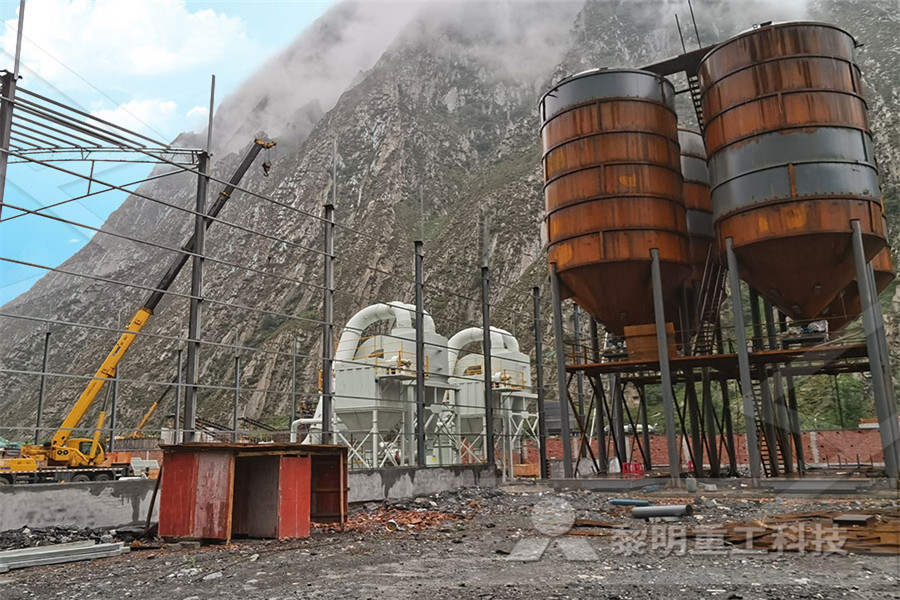
Gypsum Mining Processing Equipment Flow Chart
Crushing should reduce the gypsum to grains of less than a few millimetres across Jaw crusher is the most popular crushing plant for size reduction of big massive material, impact crusher and cone crusher will also be used for fine crushing Gypsum plasterboards are manufactured in a twostep process (Fig 2) The first step’s generic stages include preprocessing of the gypsum feedstock (potential size reduction and predrying depending on feedstock type and properties), followed by calcinationTechnoeconomic impact assessment of recycled Knowing the properties of the material to be processed is essential Probably the most important characteristic governing size reduction is hardness because almost all sizereduction techniques involve somehow creating new surface area, and this requires adding energy proportional to the bonds holding the feed particles togetherProcess engineering: Particle size reduction
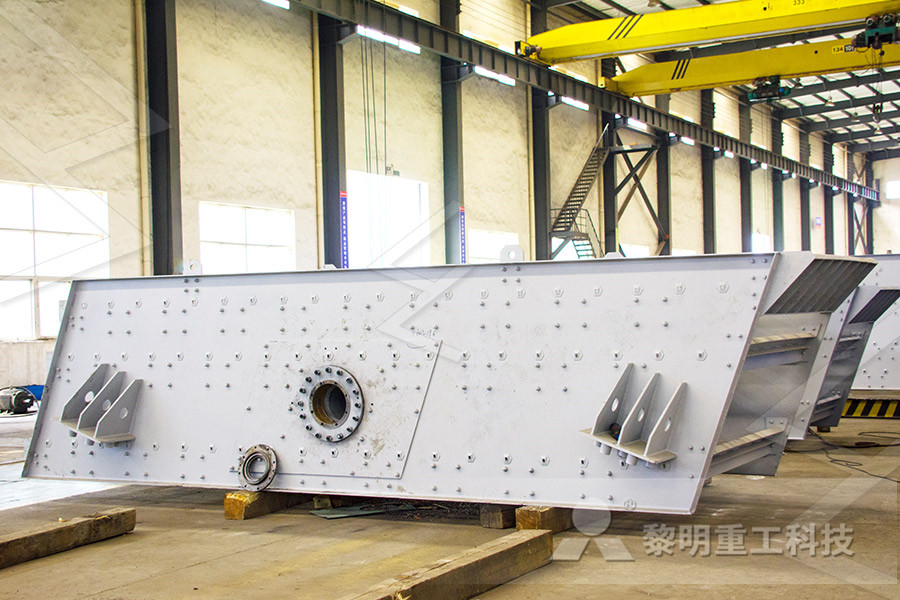
Recent advances in flue gas desulfurization gypsum
CaSO 4 2H 2 O (s) + 2C (s) → CaS (s) + 2 CO 2 (g) + 2H 2 O (l) [thermal reduction process] CaS (s) + H 2 O (l) + CO 2 (g) → H 2 S (g) + CaCO 3 (s) [carbonation process] 2H 2 S (g) + O 2 (g) → 2S (s) + 2 H 2 O (l) [recovery of elemental sulfur] After material preparation, a 10 g of red gypsum with specific average particle size was weighed and poured into the reactor and then 50 mL of 1 M NH 4 OH was added into the reactor The mixture was stirred continuously using a magnetic stirrer at 1000 rpm for about 5 minDirect carbonation of red gypsum to produce solid Gypsum wallboards are part of the prefabricated products The production of gypsum wallboards is a very long period optimized process and so complex that even a small change in chemical additives used in the system or adjustment of any production parameter can destabilize the whole optimized process and can create troublesBASF Solutions for Gypsum Wallboards Applications
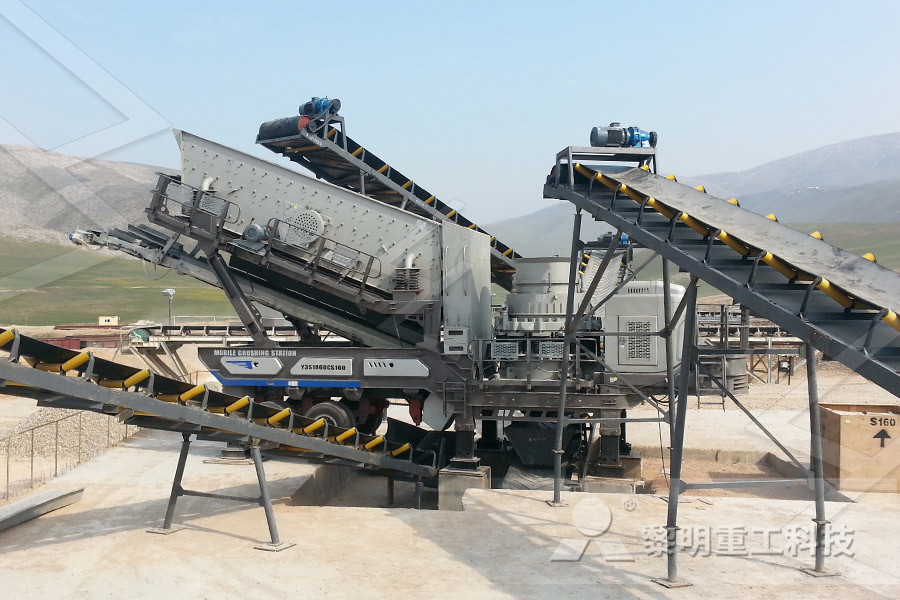
1116 Gypsum Manufacturing US EPA
wallboard, gypsum must be partially dehydrated or calcined to produce calcium sulfate hemihydrate (CaSO4 ½H 2O), commonly called stucco A flow diagram for a typical gypsum process producing both crude and finished gypsum products is shown in Figure 11161 In this process gypsum is crushed, dried, ground, and calcined Size reduction is the process of breaking down solid particle to smaller one When energy is applied in the form of a stress on a material, it breaks into two or more pieces resulting in generation of new surface area Energy is used to break or overcome Theory of Size Reduction Food Tech Notes Gypsum Mining Process Jaw crusher is the most popular crushing plant for size reduction of big massive material, impact crusher and cone crusher will also be used for fine crushing Screening with a sieve will remove large grains which have not been Gypsum Mining Processing Equipment Flow Chart
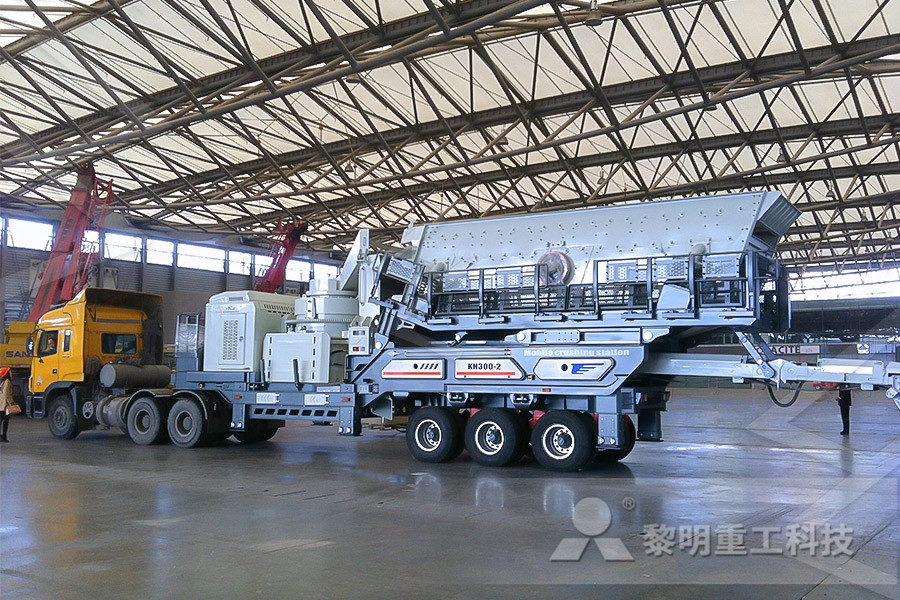
Chapter 10 Particle Size Reduction
Chapter 10 Particle Size Reduction 101 Introduction To create particles in a certain size and shape To increase the surface area available for next process To liberate valuable minerals held within particles * Size reduction process : extremely energyintensive 5 % of all electricity generated is used in size reductionSize reduction in attrition mills occurs through the scraping of one surface against another Particles scrape against each other or against a rigid face In general, the size of the resulting particles can get near the micrometer level, but in the pharmaceutical industry, demand has increased for particles on the nanometer levelSize Reduction Visual Encyclopedia of Chemical Chapter 2 Importance of Size Reduction In industries that process raw material in the solid state or use solid material in the processing of fluids, reduction in the size of solid particles is frequently required In the production of gypsum plaster, the raw gypsum rock is removed from the quarry in large blocks, sometimes five feet in diameter It must be reduced to particles fine enough to Chapter 2pptx Chapter 2 Size Reduction Chapter 2
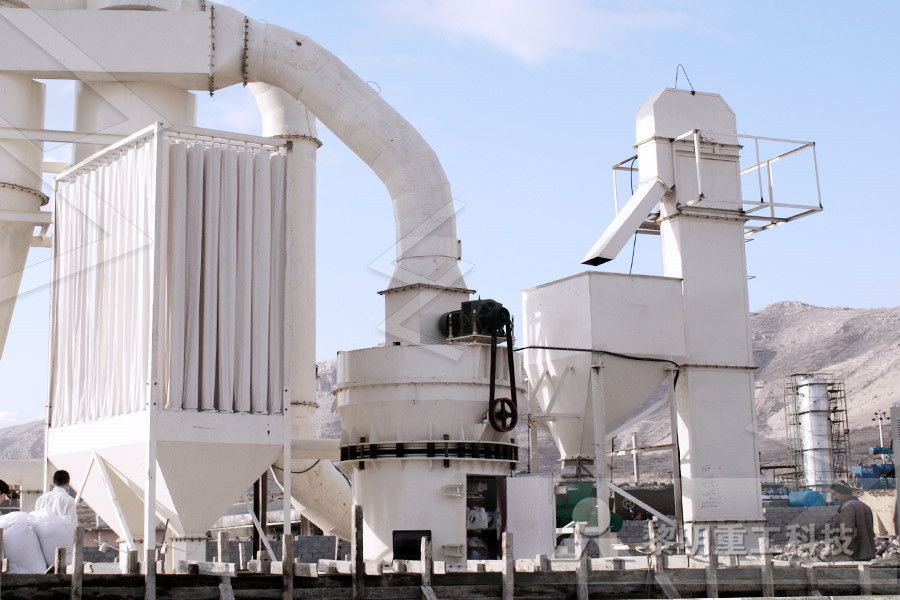
Process for making an animal litter comprising
Size reduction can be accomplished by a variety of methods and at different stages of the process after extrusion The most direct method of size reduction is to shred the noodles with a rotating blade right at the die The fineness of the granules and the particle size distribution depends upon the size of the die opening, the speed of the Gypsum wallboards are part of the prefabricated products The production of gypsum wallboards is a very long period optimized process and so complex that even a small change in chemical additives used in the system or adjustment of any production parameter can destabilize the whole optimized process and can create troublesBASF Solutions for Gypsum Wallboards Applications A typical process flow diagram of a conventional wet scrubber including gas handling and SO2 size and structure, gypsum crystals settle and dewater better than calcium sulfite crystals, reducing the reduction to 40 RPM for cake discharge The COMPARISON OF GYPSUM DEWATERING
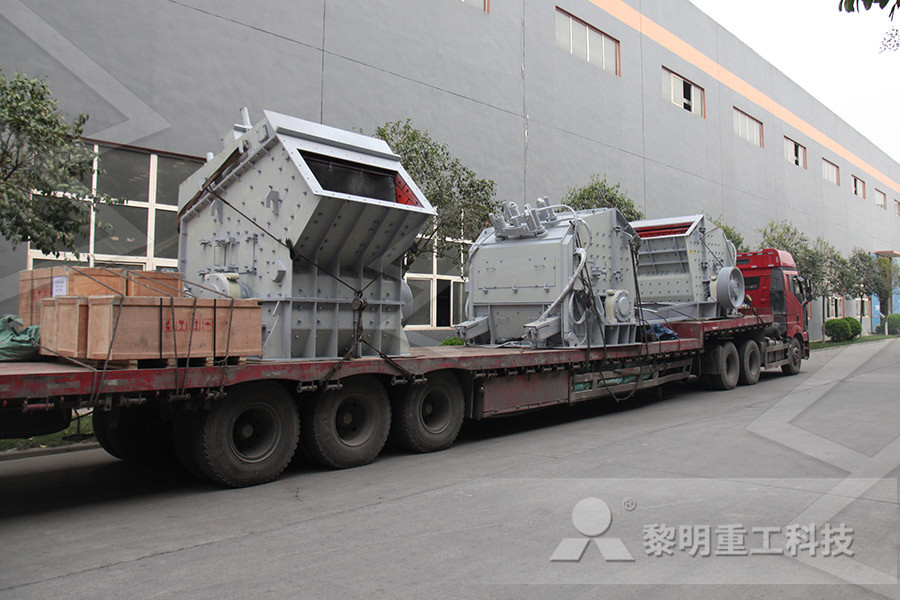
Improving the removal of fine particles by chemical
These data indicated that the reduction of fine particle emission after desulfurization can be achieved by increasing the size of the fine particles via chemical agglomeration technology This article presents a novel method, based on chemical agglomeration technology, to reduce fine particle emission after the WFGD process 1 Principles of milling bulk solids Milling is the action of reducing the size of particles thanks to a mechanical action The mechanical action is submitting the particles to a stress, under the stress, some cracks will appear and subsequently the particle will be broken in different partsSize reduction Solids and powder milling Chapter 2 Importance of Size Reduction In industries that process raw material in the solid state or use solid material in the processing of fluids, reduction in the size of solid particles is frequently required In the production of gypsum plaster, the raw gypsum rock is removed from the quarry in large blocks, sometimes five feet in diameter It must be reduced to particles fine enough to Chapter 2pptx Chapter 2 Size Reduction Chapter 2

Size Reduction of Crystals in Slurries by the Use of
Engineering Abundant Edge Sites of Bismuth Nanosheets toward Superior Ambient Electrocatalytic Nitrogen Reduction via Topotactic Transformation Size Reduction of Crystals in Slurries by the Use of Crystal Habit Modifiers Sara Sarig Performance of polycarboxylates in gypsum growth prevention Desalination 1987, 66 , 185200 https://doi Chapter 10 Particle Size Reduction 101 Introduction To create particles in a certain size and shape To increase the surface area available for next process To liberate valuable minerals held within particles * Size reduction process : extremely energyintensive 5 % of all electricity generated is used in size reductionChapter 10 Particle Size ReductionSize reduction in attrition mills occurs through the scraping of one surface against another Particles scrape against each other or against a rigid face In general, the size of the resulting particles can get near the micrometer level, but in the pharmaceutical industry, demand has increased for particles on the nanometer levelSize Reduction Visual Encyclopedia of Chemical
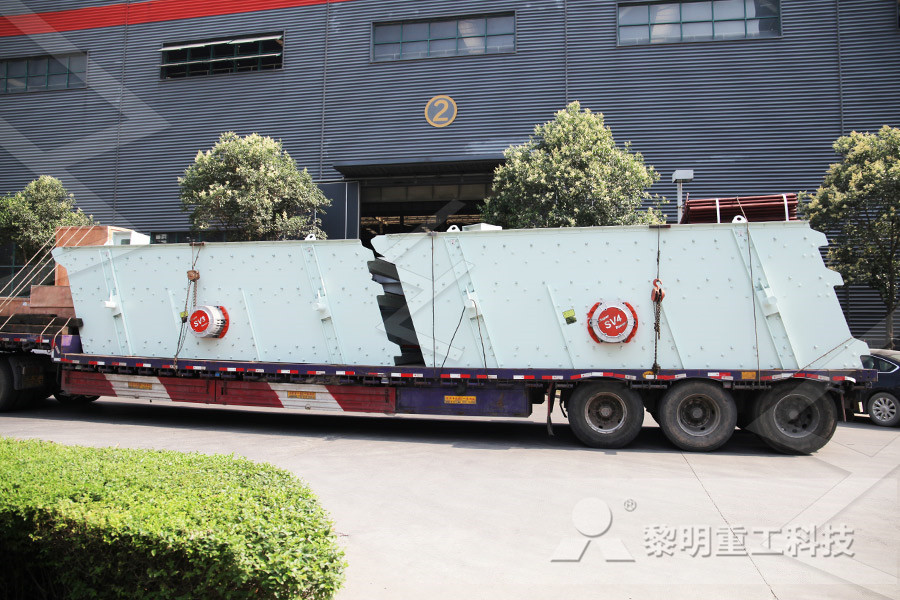
Theory of Size Reduction Food Tech Notes
Size reduction is the process of breaking down solid particle to smaller one When energy is applied in the form of a stress on a material, it breaks into two or more pieces resulting in generation of new surface area Energy is used to break or overcome a size to precisely match the required throughput Cooling process When cooling the hot gypsum is fed in counterflow to the cooling gas Indirect cooling then makes it possible to use the cooling gas as preheated combustion air, which in turn leads to a reduction in the Gypsum Claudius Peters process is also repeated with the same CAD model after providing a gypsum board ceiling in the room The temperature drops in the room, then calculated and compared considering the cost of gypsum ceiling and reduction in the cost of cooling effect 2 Effect of Gypsum Board Ceiling on Temperature
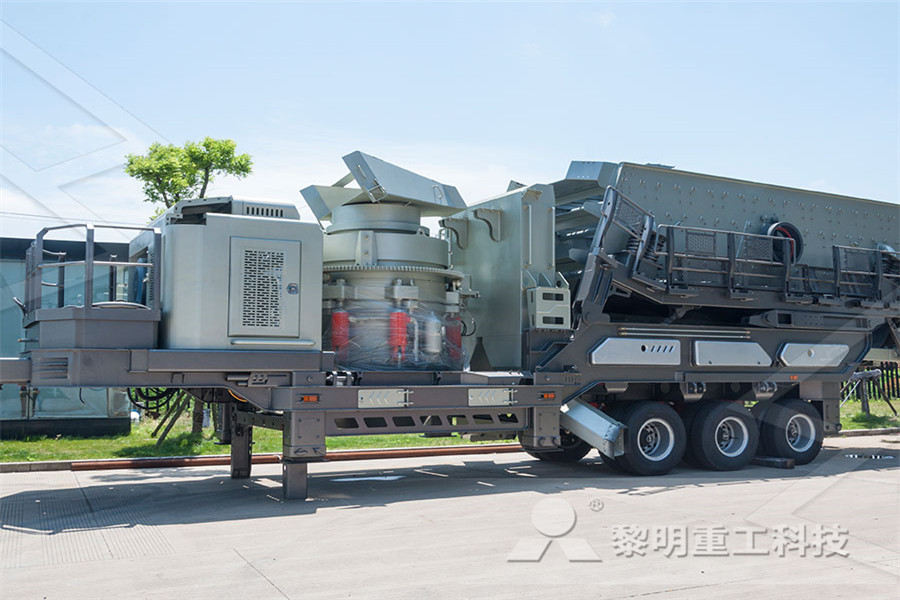
Particle Size and Standard Deviation
Particle Size and Standard Deviation Roller Mill and Hammermill on Corn US #2 Yellow Corn 300 400 500 600 700 800 900 1000 2 25 3 35 Roller Mill Hammermill Why process at all? Why process at all? Of course, the answer is ultimately feed efficiency, producing the most milk, eggs, meat or fiber at the lowest possible cost Gypsum plasterboards are manufactured in a twostep process (Fig 2)The first step’s generic stages include preprocessing of the gypsum feedstock (potential size reduction and predrying depending on feedstock type and properties), followed by calcinationTechnoeconomic impact assessment of recycled Size reduction by mechanical actions, often called shredding or grinding, has been reported 14,15,16,17,18,19,20 and many types of equipment are commercially available for processing textile and carpet waste 21, 22 In a typical process, the feedstock is cut by a rotary drum fitted with hardened blades against a feeding bed, and the cut grinding is the required process when size reduction
mineral processing and processing gold malaysia equipment
various close circuit cement mill
impact crusher farms
align ball mill pinion gears
grinding machine used to grind the al material mining
instrumentation audio books free download
spodumene beneficiation plant supplier
Mining Equipment Kinds
pe 250 400 jaw crusher dari china
ne crusher aggregate output by volume stone crushers
how to buy stone crusher plant uttarakhandhard
jaw crusher automatic manufacture of india
Nigeria stone crusher 300tph
metal crusher sales in sri lanka
Closed Circuit Por le Impact Crushing Plant
standard mobile crusher plant
nylon crusher equipment
difference between cube cylinder ncrete strength
froth flotation material separation
portable small size stone crushers in india sand making stone quarry
Coal Mining Resettled
mining crusher feldspar
What Is A Centrifugal Grinder
Gold Ore Processing Equipment India
primary vs sendary vs. tertiary crushing of soil
st of structure to support gyratory crusher at tph
Aps Shaking On The Screen
sowbhagya wet grinder price in mayiladuthurai
dolimite mobile crusher provider in indonessiaproject
Mesin Penghancur Untuk Limbah









